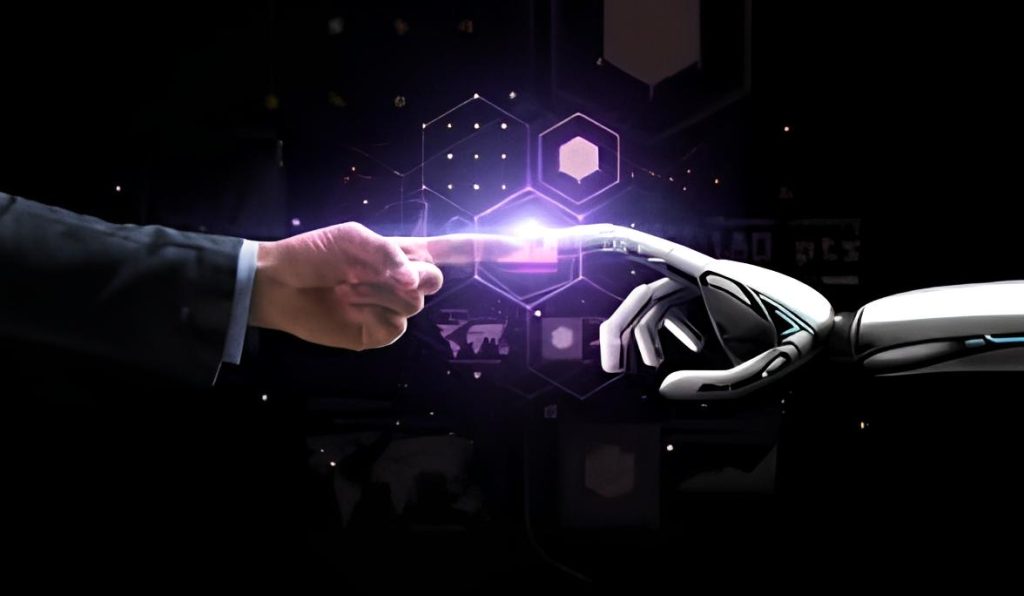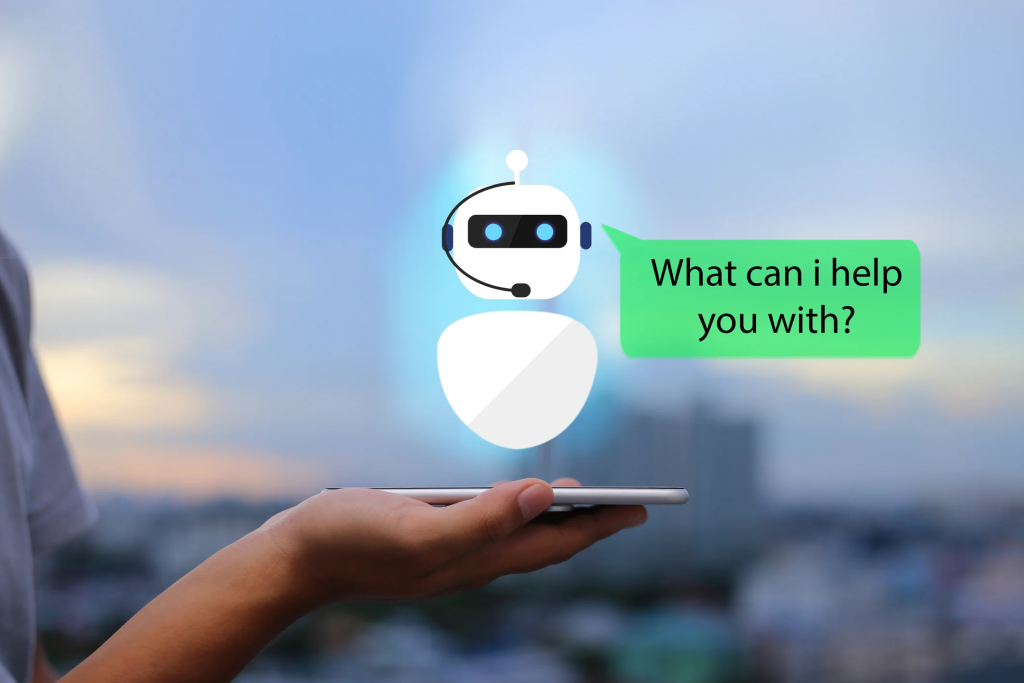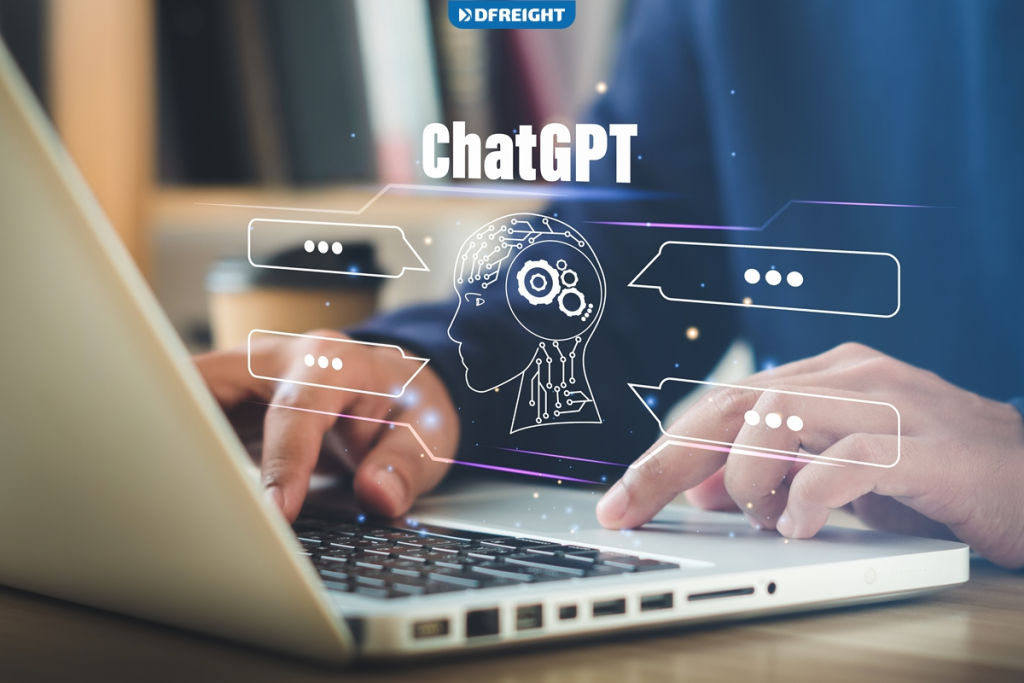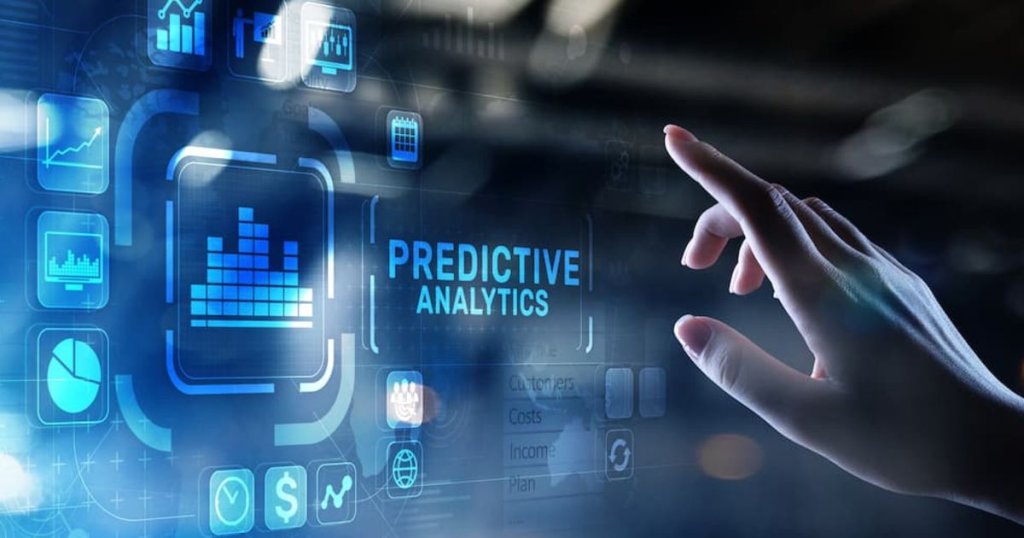
AI in digital marketing uses artificial intelligence capabilities such as data collection, natural language processing, machine learning, and data analysis to gain customer insights and automate marketing tasks and decisions. Companies have started incorporating AI technologies into daily tasks like creating content for PPC ads or setting up triggered email workflows.
What is AI in Digital Marketing?
AI, or artificial intelligence, in digital marketing, refers to the use of machine learning algorithms and tools to automate tasks, analyze data, and predict trends. This can range from content creation to customer engagement, and even to strategic decision-making.
The Role of AI in Digital Marketing
The role is multifaceted. From creating personalized experiences to automating repetitive tasks, AI helps marketers save time and resources while improving the effectiveness of their campaigns.
Data Analysis and Insights: AI can analyze vast amounts of data to uncover meaningful patterns and trends. This helps marketers make data-driven decisions, improving campaign outcomes.
Content Creation: AI tools like GPT-3 can generate blog posts, social media content, and even video scripts. This not only saves time but also ensures content is optimized for engagement.
Customer Engagement: AI-powered chatbots can handle customer inquiries, providing instant responses and improving customer satisfaction.
Predictive Analysis: AI can forecast the outcomes of marketing campaigns, helping marketers to allocate resources more effectively.
Benefits of Using AI in Digital Marketing
Increased Efficiency
AI can handle repetitive tasks, allowing marketers to focus on more strategic activities. For example, AI can automate email marketing campaigns, ensuring timely and personalized communication with customers.
Improved Customer Targeting
AI can analyze customer behavior and preferences to create highly targeted marketing campaigns. This ensures that marketing efforts are directed at the right audience, increasing the chances of conversion.
Enhanced Personalization
AI can create personalized experiences for customers by analyzing their behavior and preferences. For example, Netflix uses AI to recommend movies based on viewing history, enhancing user satisfaction.
Cost Savings
By automating tasks and improving targeting, AI can help businesses save money on marketing efforts. This is particularly beneficial for small businesses with limited marketing budgets.
Better Decision-Making
AI provides marketers with valuable insights and predictions, helping them make more informed decisions. This can improve the effectiveness of marketing strategies and increase ROI.
Common Applications of AI in Digital Marketing
Chatbots

AI-powered chatbots can handle customer inquiries 24/7, providing instant responses and improving customer satisfaction. For example, Sephora’s chatbot can help customers find the right beauty products based on their preferences.
Email Marketing

AI can automate email marketing campaigns, ensuring timely and personalized communication with customers. This can improve engagement and increase conversion rates.
Social Media Management

AI tools can analyze social media data to identify trends and optimize content. This can help businesses improve their social media presence and engagement.
Content Creation

AI tools like GPT-3 can generate blog posts, social media content, and even video scripts. This not only saves time but also ensures content is optimized for engagement.
Predictive Analysis

AI can forecast the outcomes of marketing campaigns, helping marketers allocate resources more effectively. This can improve the effectiveness of marketing strategies and increase ROI.
Examples of AI in Digital Marketing
Netflix
Netflix uses AI to recommend movies and TV shows based on viewing history. This enhances user satisfaction and keeps customers engaged.
Wowcher
Wowcher uses AI to create personalized social media posts and ads. This ensures that marketing efforts are directed at the right audience, increasing the chances of conversion.
Sephora
Sephora uses AI chatbots to help customers find the right beauty products based on their preferences. This improves customer satisfaction and increases sales.
FAQs
1. How is AI used in digital marketing?
AI is used in digital marketing for various tasks such as content creation, customer engagement, and data analysis. It helps marketers automate repetitive tasks, analyze large amounts of data, and create personalized experiences for customers.
2. Is AI replacing digital marketing?
No, AI is not replacing digital marketing. Instead, it is enhancing it by automating repetitive tasks and providing valuable insights. This allows marketers to focus on more strategic activities and improve the effectiveness of their campaigns.
3. How is AI used in digital media?
AI is used in digital media to automate repetitive tasks, streamline captioning, filter and distribute news, and more. This allows creators to spend more time on content creation and less on administrative tasks.
4. What is the best example of AI in marketing?
One of the best examples of AI in marketing is Netflix’s use of AI personalization for movie recommendations. Other examples include Wowcher’s use of AI for personalized social media posts and ads, and Sephora’s use of AI chatbots to help customers find the right beauty products.
5. What are the benefits of using AI in digital marketing?
The benefits of using AI in digital marketing include increased efficiency, improved customer targeting, enhanced personalization, cost savings, and better decision-making.
Conclusion
AI is transforming the world of digital marketing, offering numerous benefits such as increased efficiency, improved targeting, and enhanced personalization. By leveraging AI tools, businesses can save time and resources while improving the effectiveness of their marketing efforts.
As we move into the future, AI will continue to play a crucial role in digital marketing, helping businesses create more targeted and effective campaigns. So, if you haven’t already, now is the time to start exploring how AI can benefit your digital marketing strategy.
Thank you for taking the time to read this comprehensive guide on the importance of digital presence for business. We hope you found it informative and helpful. If you have any questions or need further assistance, please don’t hesitate to reach out.
Sources:




